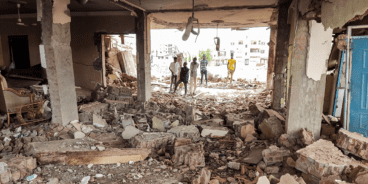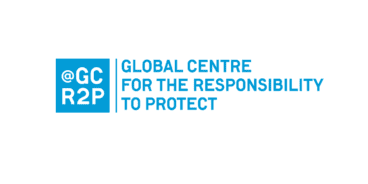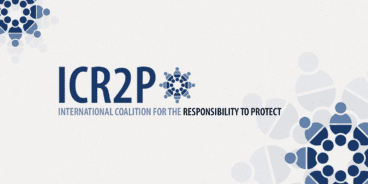Summary of the UN Secretary-General’s 2015 Report of R2P: A vital and enduring commitment: Implementing the responsibility to protect
The seventh report of the UN Secretary-General on the Responsibility to Protect (R2P) takes stock of efforts to advance and implement the norm. While reaffirming the relevance of the principle in the face of ongoing civilian protection challenges, the report assesses implementation efforts under each of the three pillars of R2P, focusing on both individual and collective responses to prevent mass atrocity crimes. The report also surveys emerging threats and challenges to the advancement of R2P and highlights six core priorities for the next ten years. The Secretary-General produced the report following consultations with member states, regional organizations and civil society.
KEY POINTS
The Global Centre for the Responsibility to Protect would like to highlight the following key points from the report:
-
- Since the adoption of R2P at the 2005 World Summit, a global consensus that spans all regions has developed and there remains no question that protecting populations from mass atrocity crimes is both a national and global responsibility.
- There has been widespread institutionalization of R2P at the UN, including over thirty-five Security Council resolutions, thirteen Human Rights Council resolutions and six interactive dialogues in the General Assembly.
- There have been notable successes in implementing R2P, such as the response to electoral violence in Kenya, C te d’Ivoire and Guinea. However, failure to act in time to prevent atrocities in the Central African Republic, South Sudan and Syria, as well as the ongoing situation in the Democratic People’s Republic of Korea, continue to affect the norm’s
standing. Ongoing crises in several regions feature atrocity crimes and are generating immense protection challenges that must be met. - On the tenth anniversary of R2P, there is a need to continue to shift the conversation from conceptualization of the norm to practical implementation. Consensus has been achieved on the three pillar framework with prevention prioritized. Considerable improvement in understanding risk factors, strategies and tools under all three pillars of R2P must be matched with the resources and political will to make the prevention of mass atrocity crimes an ongoing priority.
- New challenges, such as non-state armed groups and technological advancements, are changing the landscape of mass atrocity prevention and will require modifications in preventive and protective strategies by all actors.
- The UN Security Council has a responsibility respond in a timely and decisive manner to protection crises. The 2011 Libyan intervention and the failure to respond adequately to the ongoing civil war in Syria highlight the urgent need for reform of the Council’s working methods.
- While R2P has transformed expectations around mass atrocity prevention, actors at all levels must accelerate implementation in order to realize the high aspirations of the norm and the needs of populations at risk over the next decade.
The full summary is available for download below.
Read Next
Related Content


